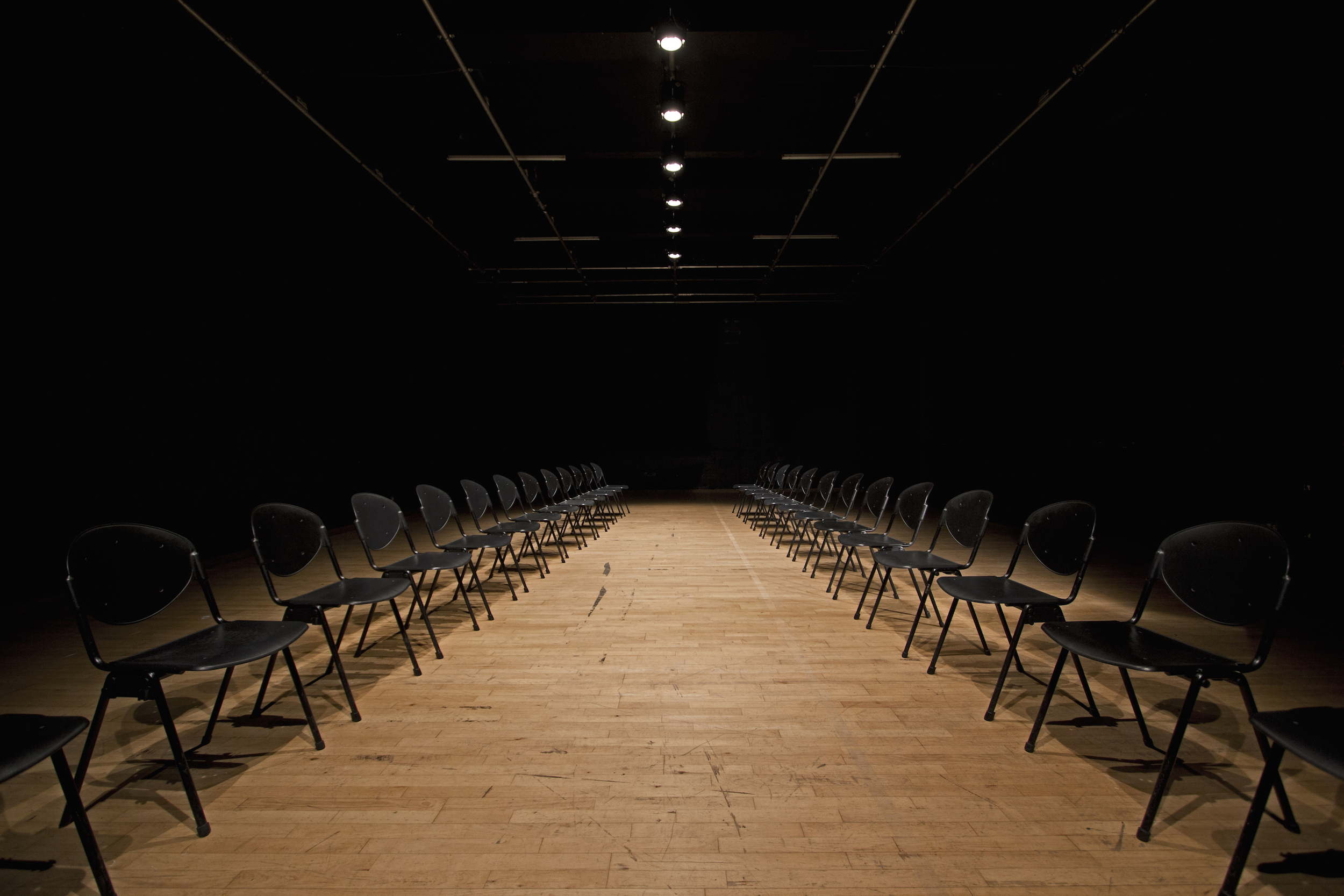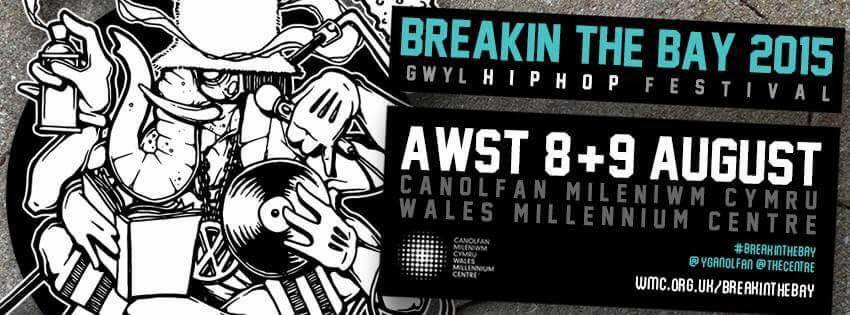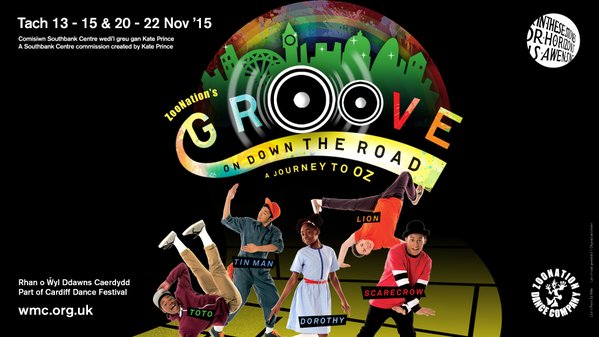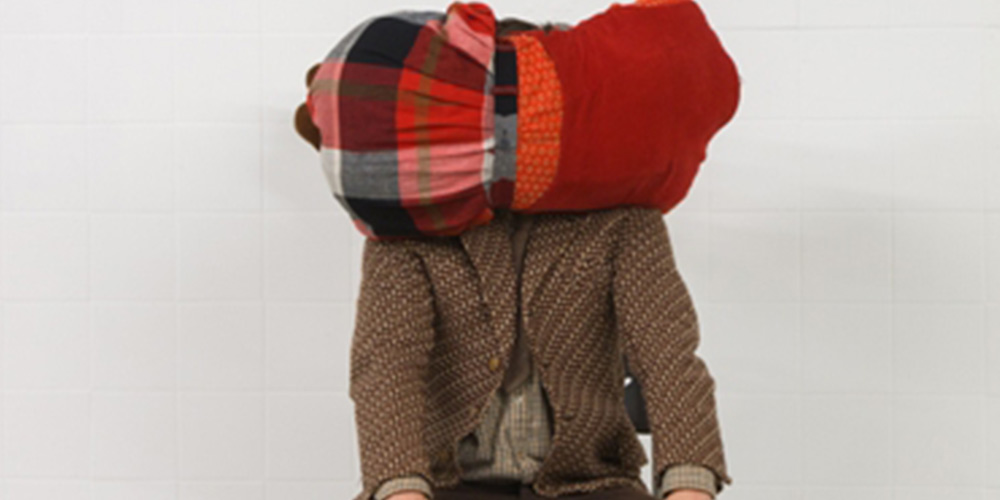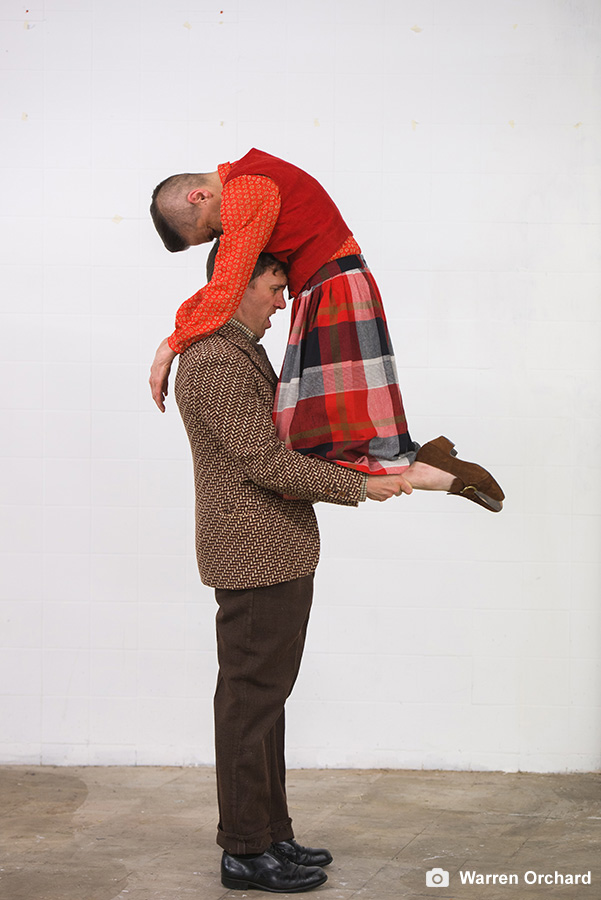
Emma (second left jumping) with Motion Control Dance members
Our project coordinator Guy O’Donnell recently spoke to Emma Mallam Director E-Motion Dance and CEO at MCD – Motion Control Dance
Hi Emma, can you tell me how you got involved in your area in the arts?
I have been dancing since the age of 3 and loved performing on stage so I always knew I would make a career in the dance world. When I began to look for jobs during my BA Hons degree, I was devastated to find out that I would not become a performer as I was too small being only 4ft11″ when the average height for a professional dancer at the time was at least 5ft4″!!!!!! I was lucky to be accepted onto a PGCE Dance at Secondary School degree – there were only 2 universities that were delivering the course back then in 1996 and mine was one of them. After graduation I got a job at a high school in Ashford, Surrey teaching dance and drama then moved to a school in Birmingham when they changed my job role to that of a PE teacher. A year later I found my dream job in Stantonbury Campus in Milton Keynes teaching dance across all levels of KS 3 & 4, GCSE and BTEC Dance. I moved back to Wales in 2000 when my husband fell terminally ill and I began to develop community dance classes in the Vale of Glamorgan as a freelance teacher who saw a niche in the market – my first street dance class held in a small community hall had 74 girls turn up for it! From there I was employed by a voluntary youth organisation in 2005 as a dance co-ordinator and my programme has since grown from there.
You describe yourself as Director at E-Motion Dance and CEO at MCD – Motion Control Dance Can you explain what this means?
After being made redundant in 2014, I had a choice to either have a complete career change or take on the dance programme that I had been developing as my own independent venture – I decided to take the leap on my own as we had over 200 young people dancing with us each week. I created E-Motion Dance as a sole trading dance school but had my mind made up that I wanted to create Motion Control Dance into a charitable organisation rather than just another dance school as I wanted to leave a legacy of the great work that we had produced over the years in the community. We were successful in May 2015 to be registered as a CIO so E-Motion Dance is now part of the Motion Control Dance charity. Being a small charity there is only me and a handful of wonderful and dedicated freelance staff who produce outstanding results with all whom we work with and our reputation is highly thought of in our area. As the director and CEO, I wear a lot of different hats every day to keep the organisation thriving – teaching, co-ordinating, monitoring, developing, admin, funding, marketing, film making etc – its hard work but I love it! I am hoping to create a bigger team in the near future so the organisation can continue to grow from strength to strength.
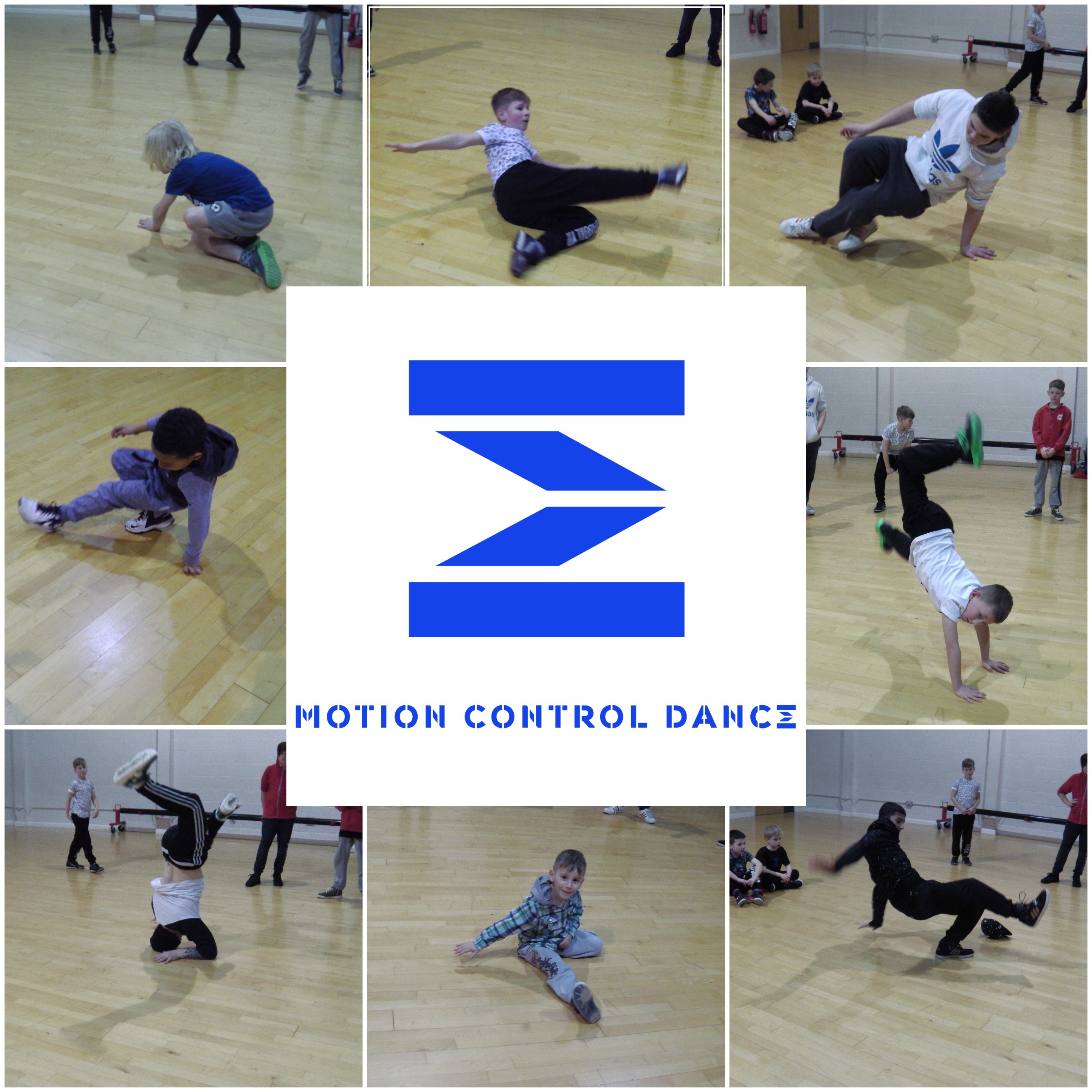
Motion Control Dance Members
Was there a moment when you thought this is the career for me?
I always knew I wanted to have a career in dance but I think the turning point was when I went for an interview to be a medical secretary in college at the age of 15 because the career’s advisor said it paid good money! It was then I realised that I didn’t want to be stuck behind a desk all day doing a job that I didn’t have any passion for!! So I went back to school to do my A levels and got a place in Laban College in London and I thought my life as a dancer was beginning. But my dream was cut very short as that year the government stopped all discretionary grants I was told I couldn’t go to Laban. I was heart broken and then had to wait for clearing day to apply to all other dance colleges only to find they were all full! I found a place for a BA Hons dance degree at Bedford College which turned into De Montfort University while I was there – I graduated in 1996 with a 2:1 – so my dream to work in the field of dance was still alive. I have been very privileged to have created my own career path teaching dance and becoming my own boss, enjoying every day in work – something that not many people can say!
Are their any individuals or organisations that helped support you once you realised a career in the Arts was for you?
My mentor in university was the person who inspired me to pursue a career in teaching dance in education. Her name was Jacqueline Smith-Autard, the acknowledged world-leading exponent in dance education, Chief Examiner for the dance GCSE and was a founder member of the National Dance Teachers Association and a pioneer in the use of technology to extend and enhance dance pedagogy. From her I developed my passion for teaching dance to children and young people and also the realisation that I was good at it!
I also owe a lot to the youth voluntary organisation Vibe Experience who believed in me when I told them that I would develop a successful dance project when no-one would hire me on a full time basis after my husband died. I couldn’t support myself and my young son as a freelancer – I needed the security of a salary and if they hadn’t taken me on I expect I would have gone to work in a dead end job that I hated just to make ends meet.
Can you tell us more about the two dance projects your run?
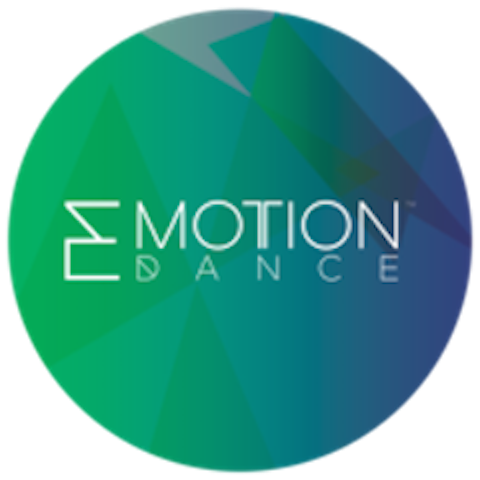 E-Motion Dance runs weekly dance sessions at the Barry YMCA in street dance, break dance, hip hop and creative dance for ages 3-30yrs. Groups perform at local community events throughout the year and our street dance team compete at local & regional competitions and have achieved great things! We bring guest tutors down occasionally such as Carlos Neto and Xavi from Pineapple Dance Studios to work with our dancers but the sessions are mainly taught by our A Team freelance faculty who are very passionate and highly motivated to produce great results through dance.
E-Motion Dance runs weekly dance sessions at the Barry YMCA in street dance, break dance, hip hop and creative dance for ages 3-30yrs. Groups perform at local community events throughout the year and our street dance team compete at local & regional competitions and have achieved great things! We bring guest tutors down occasionally such as Carlos Neto and Xavi from Pineapple Dance Studios to work with our dancers but the sessions are mainly taught by our A Team freelance faculty who are very passionate and highly motivated to produce great results through dance.
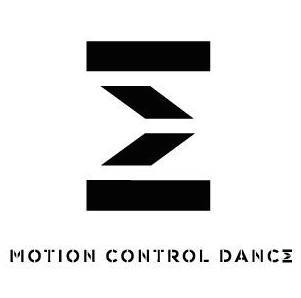 Motion Control Dance aims to ‘advance the education of people all ages, living in the Vale of Glamorgan and the surrounding areas, in the performing arts, particularly the art of dance, for the benefit of the public’. Through provision of classes, workshops, training and performance opportunities, we have created many memorable experiences for over a decade, working closely with schools and agencies in the Vale of Glamorgan with disadvantaged groups. Our mission is to give the community ‘A Chance 2 Dance’ – we are very proud of our award winning group of disability dancers the Local Motion Dance Company who started with us in 2008 that was funded by Children in Need for over 6 years. We also run training courses for Dance Leaders and provide volunteering opportunities with the MV Awards. Motion Control Dance also provides holiday schemes and organises trips and workshops with professional dancers such as Candoco and National Dance Company Wales.
Motion Control Dance aims to ‘advance the education of people all ages, living in the Vale of Glamorgan and the surrounding areas, in the performing arts, particularly the art of dance, for the benefit of the public’. Through provision of classes, workshops, training and performance opportunities, we have created many memorable experiences for over a decade, working closely with schools and agencies in the Vale of Glamorgan with disadvantaged groups. Our mission is to give the community ‘A Chance 2 Dance’ – we are very proud of our award winning group of disability dancers the Local Motion Dance Company who started with us in 2008 that was funded by Children in Need for over 6 years. We also run training courses for Dance Leaders and provide volunteering opportunities with the MV Awards. Motion Control Dance also provides holiday schemes and organises trips and workshops with professional dancers such as Candoco and National Dance Company Wales.
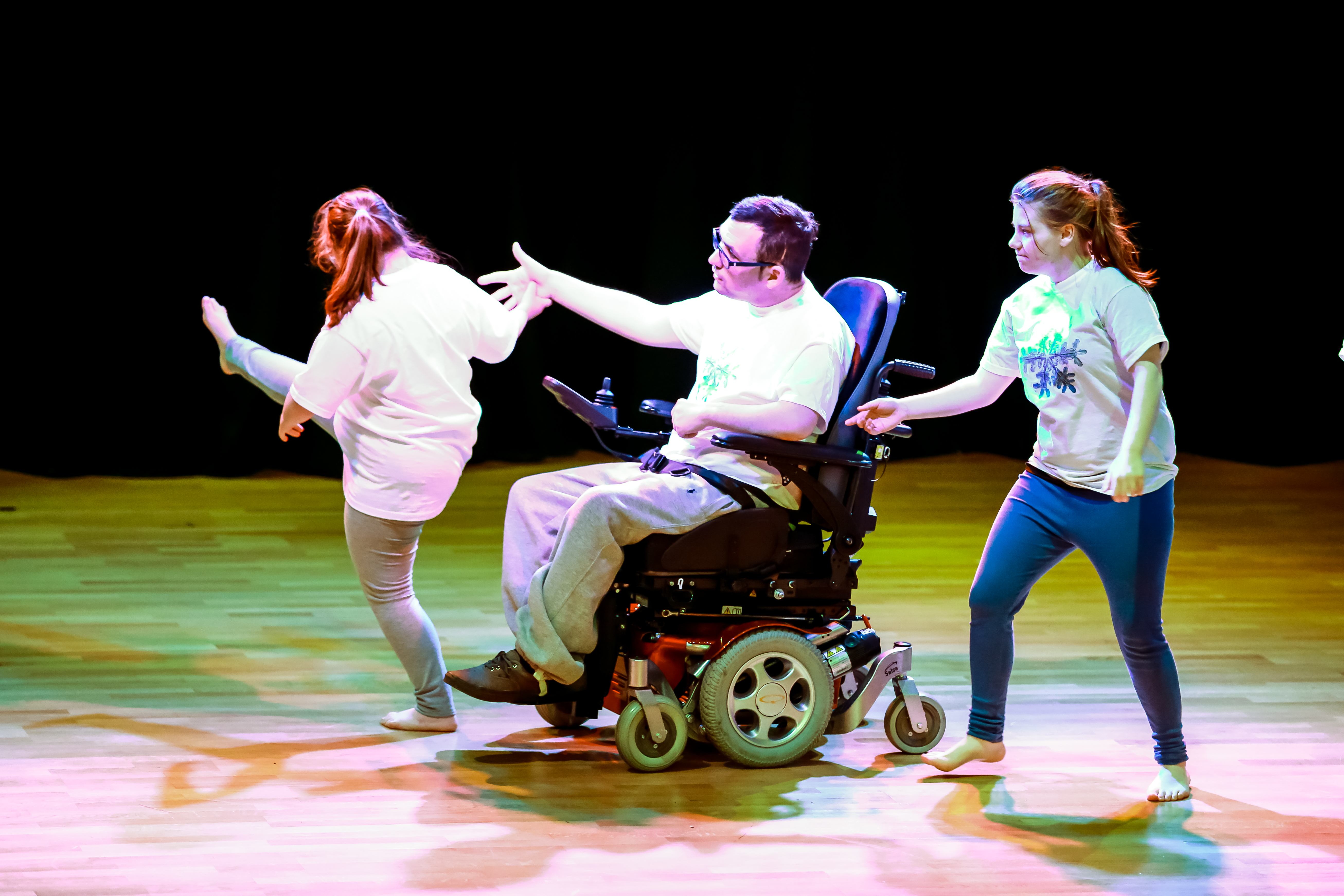
Motion Control Dance Members
Do you have any advice for anyone interested in following your career path?
Follow your dream and don’t let anyone tell you that you can’t – it takes a lot of hard work and a lot of passion with a relatively low income but it is worth it as each day is never the same! I would suggest they train in all forms of dance to understand the many techniques so you can break down the styles correctly to teach. I am a great believer that you can never stop learning – there are always new methods of teaching to discover and new trends to understand. I advise anyone wanting to get into teaching dance to volunteer to help out with classes in their local area to gain valuable experience of behind the scenes of the dance studio as too many young people think that teaching is easy and that they can just grab a stereo, play some hype music and show off a few dance moves but it takes a deep understanding that everyone learns in different ways and you have to accommodate for all abilities to ensure everyone gets an enjoyable and high quality dance tuition. I would also advise them to take part in performances for themselves so they understand what it takes to get up on stage and have the confidence to perform in front of others like they will expect their students to do. I would also advise anyone interested in following a career in dance teaching to ensure they have studied at University level and undertaken one of the many teacher examinations with a credible board, this will give you good reputation of being skilled and knowledgeable in your subject. There are so many more opportunities nowadays for those wishing to dance as a career than back in my day! They also must be a people person and love kids!!!!!
What are the opportunities for those interested in dance as a career in Wales?
I always tell any students who want to pursue a career in dance to study with a variety of teachers of different styles to give them a broad range of teaching methods. I also advise them to get involved with extra dance projects such as the National Youth Dance Wales or AdVance Dance. I understand Bridgend College has a wonderful dance and musical theatre programme that they can study at for 2 years and then I would strongly recommend Rubicon’s Full Time One Year Dance Course before going on to either the BA Hons Dance degree at Cardiff Met or University of Wales St Davids. Of course most dancers choose to focus on finding a place in England such as London or Manchester as that is where there are more opportunities for dancers but over the years we have lost a lot of talented young dancers who have never come back to Wales, which is a shame.
How do we get involved in your dance projects?
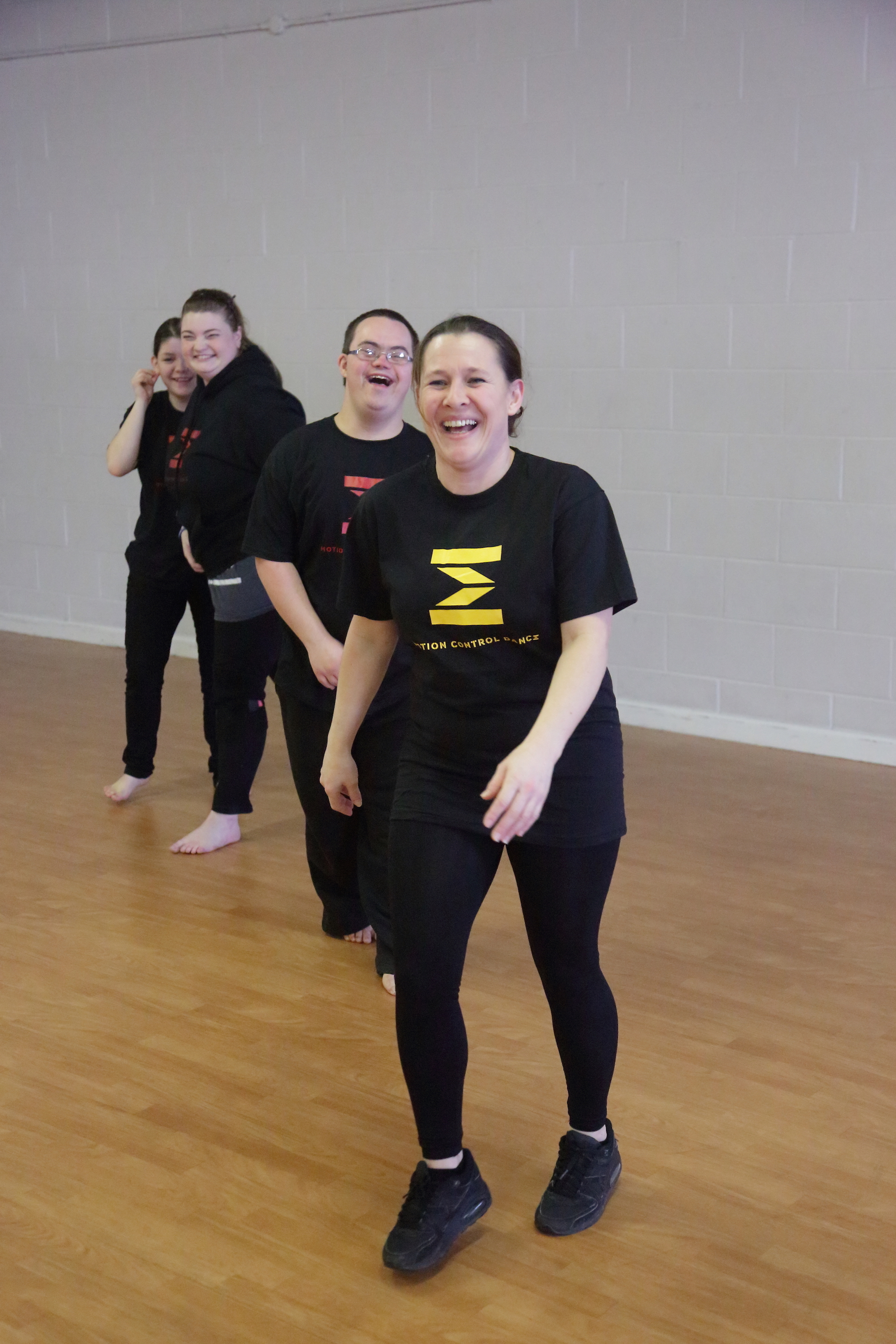 We offer a range of services in the Vale of Glamorgan for those wishing to take weekly sessions, those who want to pursue a career in dance, those who are looking to gain work experience or a university professional placement or organisations wishing work in partnership with our organisation.
We offer a range of services in the Vale of Glamorgan for those wishing to take weekly sessions, those who want to pursue a career in dance, those who are looking to gain work experience or a university professional placement or organisations wishing work in partnership with our organisation.
If anyone would like to get involved with our dance projects please visit our websites
www.e-motiondance.co.uk/ www.motioncontroldance.com
Please contact Emma Mallam by sending an email to info@motioncontroldance.com or emma@e-motiondance.co.uk
Thanks for your time Emma.
Emma Mallam with company members
 (5 / 5)
(5 / 5)
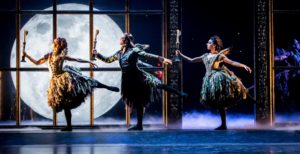
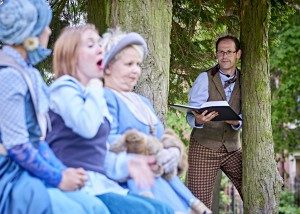
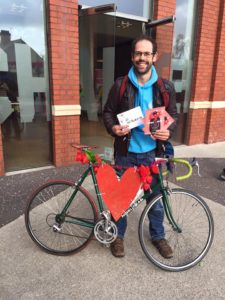
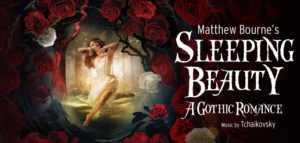
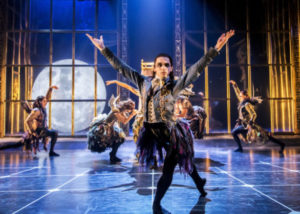


 E-Motion Dance runs weekly dance sessions at the Barry YMCA in street dance, break dance, hip hop and creative dance for ages 3-30yrs. Groups perform at local community events throughout the year and our street dance team compete at local & regional competitions and have achieved great things! We bring guest tutors down occasionally such as Carlos Neto and Xavi from Pineapple Dance Studios to work with our dancers but the sessions are mainly taught by our A Team freelance faculty who are very passionate and highly motivated to produce great results through dance.
E-Motion Dance runs weekly dance sessions at the Barry YMCA in street dance, break dance, hip hop and creative dance for ages 3-30yrs. Groups perform at local community events throughout the year and our street dance team compete at local & regional competitions and have achieved great things! We bring guest tutors down occasionally such as Carlos Neto and Xavi from Pineapple Dance Studios to work with our dancers but the sessions are mainly taught by our A Team freelance faculty who are very passionate and highly motivated to produce great results through dance. Motion Control Dance aims to ‘advance the education of people all ages, living in the Vale of Glamorgan and the surrounding areas, in the performing arts, particularly the art of dance, for the benefit of the public’. Through provision of classes, workshops, training and performance opportunities, we have created many memorable experiences for over a decade, working closely with schools and agencies in the Vale of Glamorgan with disadvantaged groups. Our mission is to give the community ‘A Chance 2 Dance’ – we are very proud of our award winning group of disability dancers the Local Motion Dance Company who started with us in 2008 that was funded by Children in Need for over 6 years. We also run training courses for Dance Leaders and provide volunteering opportunities with the MV Awards. Motion Control Dance also provides holiday schemes and organises trips and workshops with professional dancers such as Candoco and National Dance Company Wales.
Motion Control Dance aims to ‘advance the education of people all ages, living in the Vale of Glamorgan and the surrounding areas, in the performing arts, particularly the art of dance, for the benefit of the public’. Through provision of classes, workshops, training and performance opportunities, we have created many memorable experiences for over a decade, working closely with schools and agencies in the Vale of Glamorgan with disadvantaged groups. Our mission is to give the community ‘A Chance 2 Dance’ – we are very proud of our award winning group of disability dancers the Local Motion Dance Company who started with us in 2008 that was funded by Children in Need for over 6 years. We also run training courses for Dance Leaders and provide volunteering opportunities with the MV Awards. Motion Control Dance also provides holiday schemes and organises trips and workshops with professional dancers such as Candoco and National Dance Company Wales.
 We offer a range of services in the Vale of Glamorgan for those wishing to take weekly sessions, those who want to pursue a career in dance, those who are looking to gain work experience or a university professional placement or organisations wishing work in partnership with our organisation.
We offer a range of services in the Vale of Glamorgan for those wishing to take weekly sessions, those who want to pursue a career in dance, those who are looking to gain work experience or a university professional placement or organisations wishing work in partnership with our organisation.